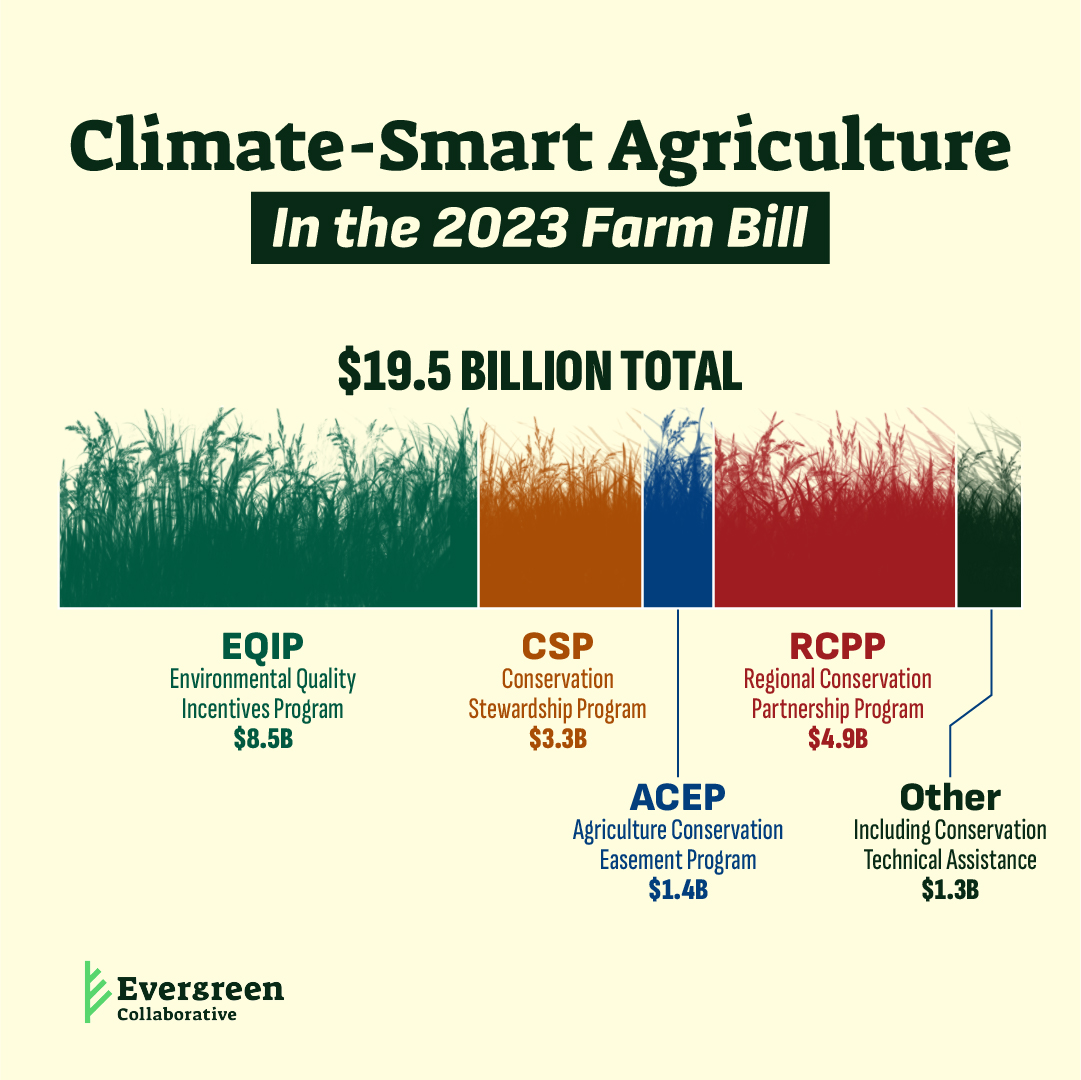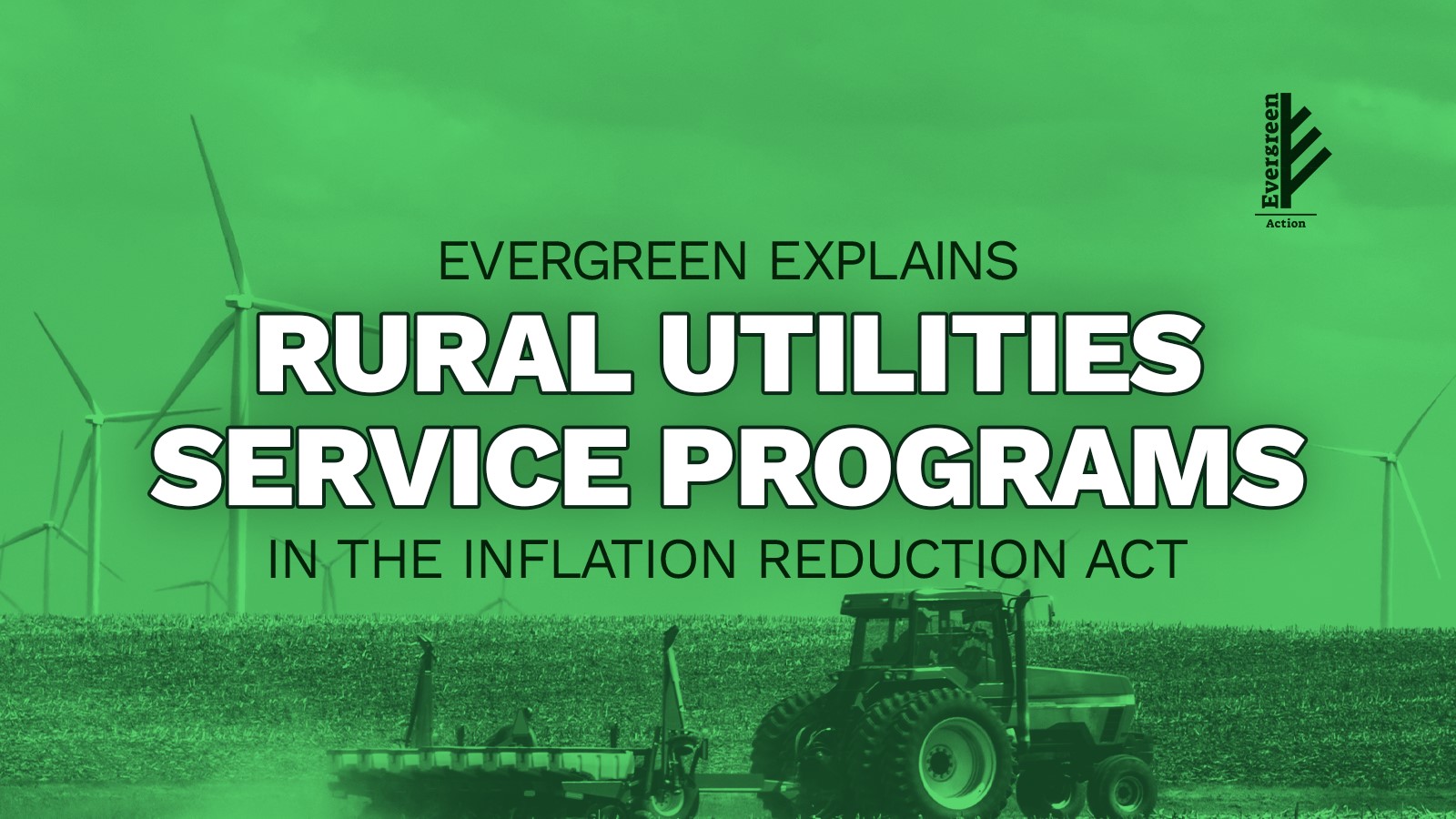The Farm Bill has been in the news a lot lately because this critical bill, last authorized in 2018, lapsed on September 30. Now, Congress is scrambling to pass a new version of the Farm Bill before the end of 2023.
And while Congressional Republicans talk a big game about supporting rural and everyday Americans, they are attempting to use the 2023 Farm Bill reauthorization process to cut popular climate and food programs, harming everyone from farmers to urban and suburban low-income families to people who want to see urgent climate action.
Their proposed revisions include cutting billions of dollars in existing funding that would help farmers grow more climate-resilient crops, support better agricultural practices, and ultimately lead to more sustainable food for all of us.
Worse yet, their newly-chosen House speaker, Rep. Mike Johnson (R-LA)—a known climate change and election denier—has an equally spurious approach to the Farm Bill. He’s a vocal advocate of making cuts to the bill’s anti-hunger program (programs like SNAP and WIC)—something so reckless that even some members of his own party are concerned.
So, in this process of finalizing a bill that literally puts food on the table for millions across America, Congressional Republicans are spewing a lot of misinformation.
But we’re here to set the facts straight and urge Congressional Democrats to hold a united front in defending key Farm Bill programs.
Remind Me, What’s the Farm Bill?
The Farm Bill was first signed into law in 1933 to create a safety net for farmers and provide food security for communities impacted by the Dust Bowl. Since then, Congress has typically reauthorized the bill every five years. It includes policies that go beyond what the name implies—impacting everything from crop insurance to loans for operating farms and ranches to conservation and food assistance programs.
Moreover, the 2023 Farm Bill can play a huge role in addressing climate change, since agriculture makes up one-tenth of nationwide greenhouse gas pollution. The conservation programs tucked into the Farm Bill can help mitigate its effects, as farmers face extreme weather events, crop-damaging floods, and livestock-killing heat waves that will likely only increase in the future.
The IRA gave farmers an additional $19.5 billion in much-needed assistance for “climate-smart agriculture,” and these conservation funds are already working to build climate resilience and empower farmers to manage their land in a way that adapts to our new climate reality. In the Senate, Chairwoman Stabenow (D-MI) is working hard to protect IRA funding—something Congress must collectively and urgently commit to.





